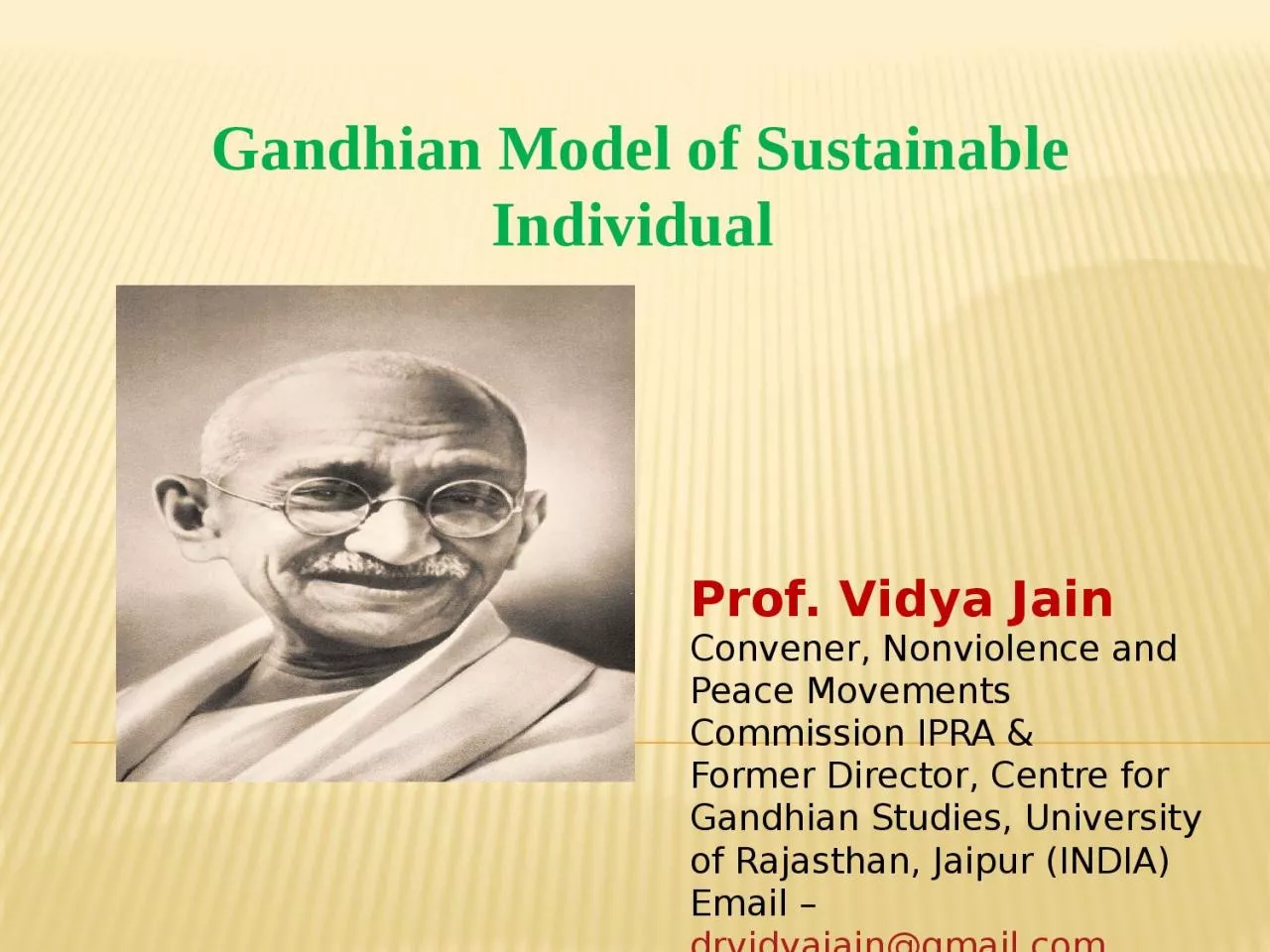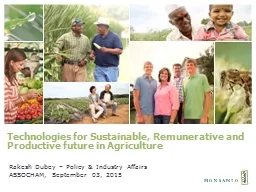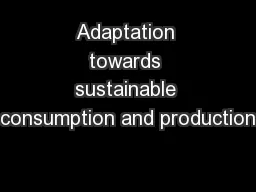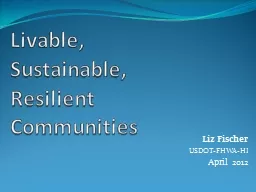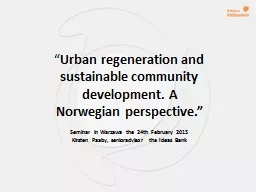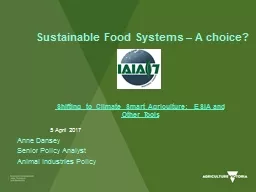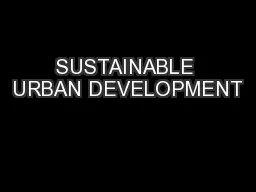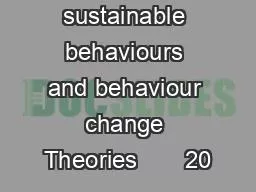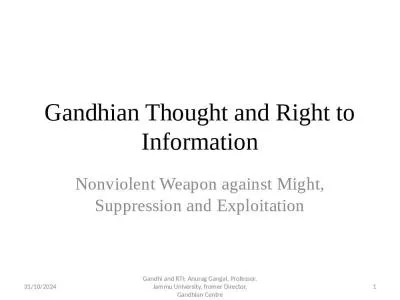PPT-Gandhian Model of Sustainable Individual
Author : abigail | Published Date : 2023-10-28
Prof Vidya Jain Convener Nonviolence and Peace Movements Commission IPRA amp Former Director Centre for Gandhian Studies University of Rajasthan Jaipur INDIA Email
Presentation Embed Code
Download Presentation
Download Presentation The PPT/PDF document "Gandhian Model of Sustainable Individual" is the property of its rightful owner. Permission is granted to download and print the materials on this website for personal, non-commercial use only, and to display it on your personal computer provided you do not modify the materials and that you retain all copyright notices contained in the materials. By downloading content from our website, you accept the terms of this agreement.
Gandhian Model of Sustainable Individual: Transcript
Download Rules Of Document
"Gandhian Model of Sustainable Individual"The content belongs to its owner. You may download and print it for personal use, without modification, and keep all copyright notices. By downloading, you agree to these terms.
Related Documents

